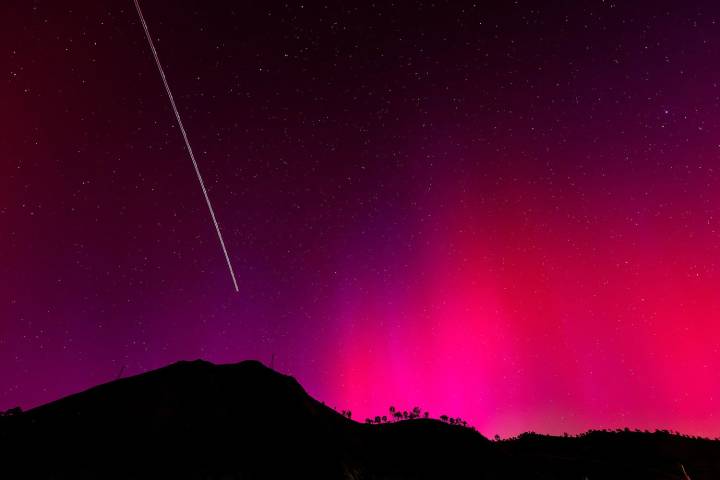Get ready for a colorful, starry spectacle!
Tonight’s skies promise a dazzling double feature: the fiery star dance of the Perseid meteor shower paired with the otherworldly glow of the northern lights.
The Perseids are one of the most beloved annual meteor showers, known for their bright fireballs that streak across the night sky every year in August . These meteors are caused by debris left behind by Comet Swift-Tuttle, burning up in Earth’s atmosphere at lightning speeds.
“The average person under dark skies could see somewhere between 40 and 50 Perseids per hour,” NASA explains. “Instead, you’re probably going to see 10 to 20 per hour or fewer, and that’s because we have a bright moon in the sky washing out the fainter meteors.”
Meanwhile, the northern lights — also known

 People Human Interest
People Human Interest

 News Talk Kit
News Talk Kit Times Herald-Record
Times Herald-Record Raw Story
Raw Story The Babylon Bee
The Babylon Bee America News
America News